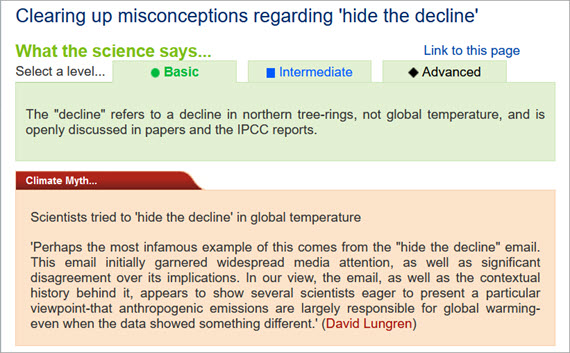Dentistry Journal, Vol. 12, Pages 107: A Novel Diagnostic and Treatment Approach to an Unusual Case of Dens Invaginatus in a Mandibular Lateral Incisor Using CBCT and 3D Printing Technology
Dentistry Journal doi: 10.3390/dj12040107
Authors: Lindsey LaLonde Mazin Askar Susan Paurazas
Background: This case report demonstrates the use of three-dimensional (3D) models produced from a cone beam computed tomographic (CBCT) volume to develop a treatment strategy for a rare type of dens invaginatus (DI) in a mandibular incisor. Methods: A patient with DI Type IIIa presented for endodontic treatment. Following CBCT evaluation, the complex morphologic nature of the invagination required additional diagnostic tools for treatment planning. The fabrication of 3D models provided clarity regarding the treatment strategy. Treatment involved intracanal medication with calcium hydroxide Ca(OH)2, nonsurgical root canal therapy (NS-RCT) of the main canal, and endodontic surgery for the DI anomaly using mineral trioxide aggregate (MTA), bone graft, and platelet-rich fibrin (PRF) membrane. Results: The use of 3D models provided an invaluable guide for proper treatment. Complicating factors were diagnosed and planned for accordingly. Conclusions: It is difficult to appreciate the anatomical complexity, the extent, and the nature of the invagination of rare Type III DI morphology. CBCT imaging and 3D models played a critical role in the pre-treatment planning to ensure a predictable outcome. A 3D model is recommended as a diagnostic tool in treating complex cases where the DI morphology is wide, oblique, or the foraminal opening is irregular.

 2 weeks ago
22
2 weeks ago
22


